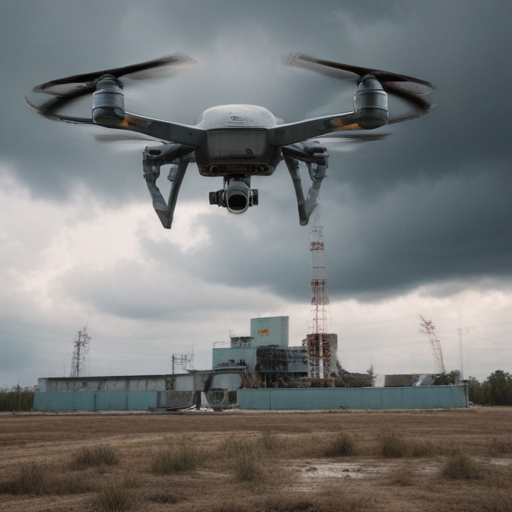On Friday, concerns about nuclear safety resurfaced as a drone, reportedly armed with a warhead, struck the protective outer shell of the Chernobyl nuclear plant, the site of the catastrophic 1986 nuclear disaster. Ukraine has attributed the attack to Moscow, while Russia has denied involvement and accused Ukraine of conducting a false flag operation. The situation is further complicated by the ongoing Munich Security Conference, where world leaders are discussing avenues to resolve the ongoing conflict in Ukraine.
In an official statement, Rafael Mariano Grossi, the head of the International Atomic Energy Agency (IAEA), expressed deep concern over the incident, emphasizing the risks associated with military actions near nuclear facilities. He called for maximum restraint to prevent any escalation that could threaten nuclear safety.
President Volodymyr Zelenskyy highlighted that the drone strike hit the outer structure of reactor No. 4, which exploded twenty-four years ago, releasing radioactive material across Europe. The modern 2-billion euro containment shell aims to prevent radioactive leaks and protect the deteriorating reactor from external threats. Experts have stated that this attack did not compromise the integrity of the original concrete structure beneath, which is designed to withstand more significant impacts.
While the Chernobyl plant and its reactors have been shut down, it still contains spent fuel and hazardous materials awaiting decommissioning. Compounding the issue, there have been recurring drone strikes targeting the Zaporizhzhia nuclear power plant, Europe’s largest, creating fears about potential damage and radioactive incidents.
Despite repeated power outages caused by ongoing military conflict, nuclear safety experts have reassured that a significant incident at Chernobyl is unlikely in the short term. They estimate that the deep cooling pools for spent fuel would maintain safe temperatures for weeks even without power. However, interruptions to nuclear monitoring systems due to power disruptions could create unnecessary panic and hinder efforts for a peaceful resolution to the conflict.
In light of these developments, it remains crucial to maintain stringent safety measures around nuclear sites amid the ongoing hostilities. The situation underscores the importance of diplomatic efforts aimed at securing lasting peace and preventing further jeopardization of nuclear safety. The international community remains hopeful that dialogue will prevail over conflict, fostering an environment where such threats can be significantly minimized.
